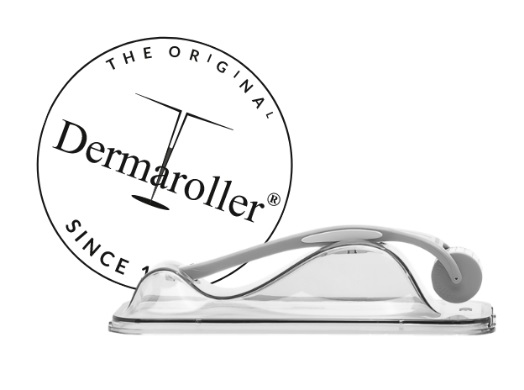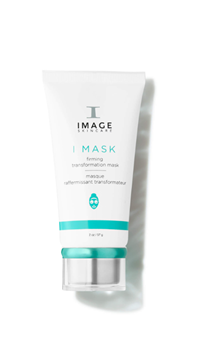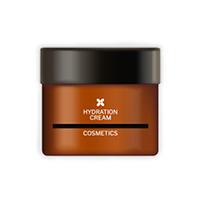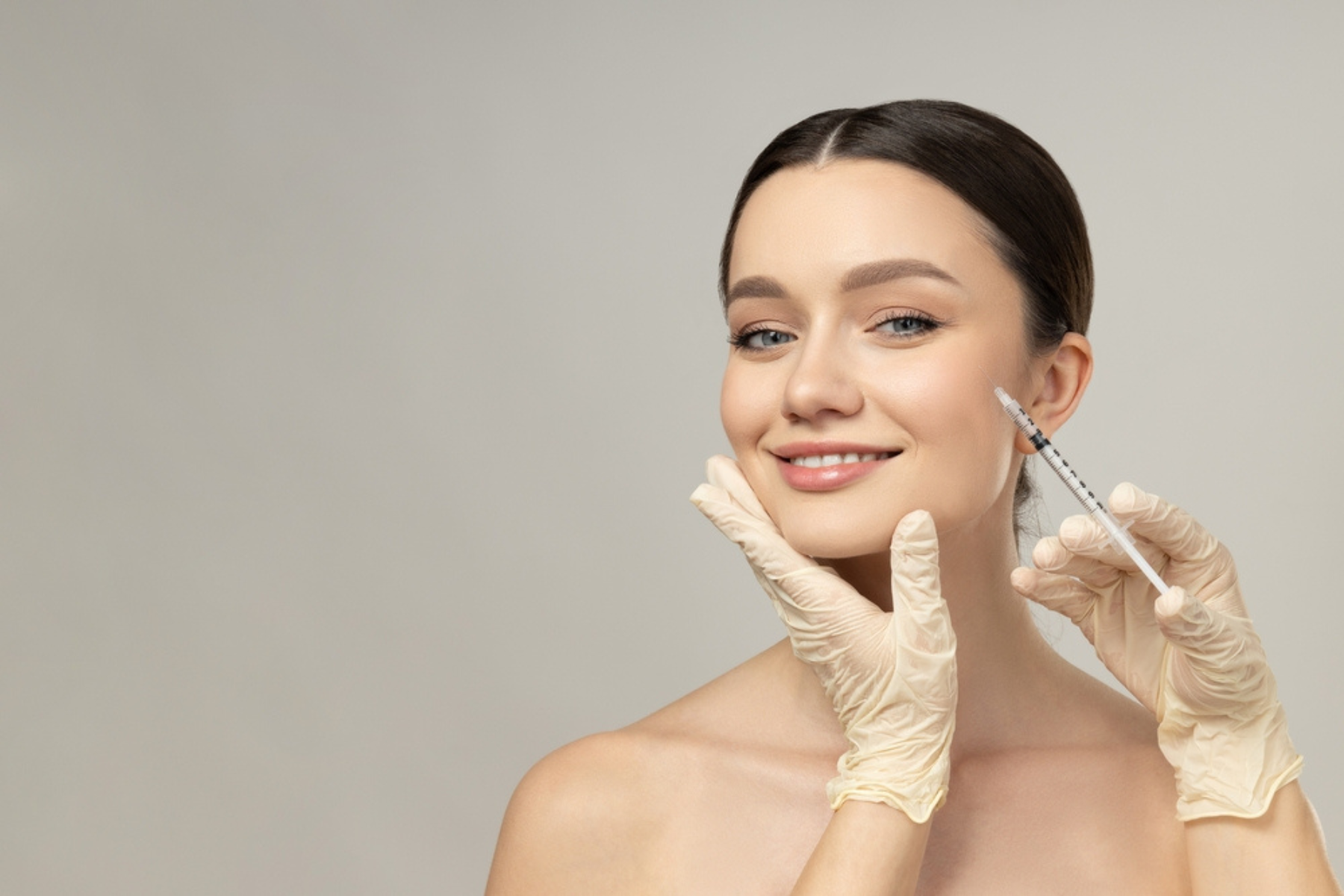 Botulinum toxin has found an unlikely new fanbase: millennials, where younger women—and increasingly men—are using injectables, not to turn back the clock, but to slow it before it even starts ticking. This movement, often labelled prejuvenation, is booming on TikTok and backed by the rise of micro-dosing and “baby Botox.” But is starting early the key to ageing better, or are we just shifting the goalposts on what “natural beauty” even means?
Botulinum toxin has found an unlikely new fanbase: millennials, where younger women—and increasingly men—are using injectables, not to turn back the clock, but to slow it before it even starts ticking. This movement, often labelled prejuvenation, is booming on TikTok and backed by the rise of micro-dosing and “baby Botox.” But is starting early the key to ageing better, or are we just shifting the goalposts on what “natural beauty” even means?“Perhaps it’s a bit of both,” says EV Expert and Clinical Director at Facial Aesthetics, Julie Scott. “Early intervention can support graceful ageing by softening muscle movement before lines deepen. However, I do worry that in this shift, the true essence of natural beauty can sometimes be lost. Natural beauty isn’t about perfection or erasing every line—it’s about preserving the unique expressions and character that make us who we are.”
Aesthetic Doctor and Founder of Illuminate Skin Clinic, Sophie Shotter, agrees the prejuvenation movement is a double-edged syringe. “Micro-doses of toxin weaken the repetitive muscle pulls that create deep lines, and collagen-stimulating treatments help keep skin firmer for longer,” she explains. “But it also redefines natural beauty. We now see celebrities in their 50s looking 20 years younger. That’s become a new norm. They may look like themselves, but they don’t look how they would have done if the ageing process had taken its natural course.”
Why so young?
In a world where social media doubles as a mirror, younger generations are constantly scrutinising their own faces, often in unforgiving HD. “Millennials and older Gen-Zs stare at their own faces on HD cameras and social feeds every day, so they spot, and fear, future lines long before they form,” says Dr Shotter. “Add constant #preventativeBotox posts that make injections look quick and discreet, and the psychological barrier drops.”The shift is as cultural as it is clinical. Today, botulinum toxin and filler don’t feel like surgery; they feel like skincare. “Wrapped in the broader ‘wellness’ mindset which these generations buy into, early botulinum toxin and collagen banking feel less like vanity, more like low-risk insurance for looking the same at 40 as at 25,” Shotter adds.
And while both experts say their younger patients tend to be thoughtful and informed, they also acknowledge the wider social influence at play. “Many younger patients are influenced by a mix of self-awareness, sometimes heightened by social media, and a genuine desire to take control of their ageing process early,” says Scott. “They want subtle enhancements that boost confidence while maintaining natural identity. The challenge is guiding them toward treatments that respect that balance.”
What does preventative toxin actually do?
Preventative botulinum toxin aims to relax muscles that cause wrinkles before those wrinkles etch in permanently. “It’s the use of botulinum toxin to gently reduce muscle activity before fine lines become permanent,” explains Scott. “In theory, it can delay visible signs of ageing, but starting too early can work against someone. There’s something very youthful about movement, especially in our twenties.”“For me, preventative botulinum toxin is about treating when we can see where that line is forming, but it’s not quite there at rest yet, often in our late 20s or early 30s," Shotter adds. "But ‘baby Botox’ can be misleading. The dose isn’t smaller just because someone is younger, it depends on their muscle strength.”
There’s also the issue of scientific evidence. “Medical logic says relaxing facial muscles early should slow the repetitive folding that engraves static lines,” says Shotter. “But there’s no gold-standard, decade-long study tracking botulinum toxin users from their 20s to midlife. Observationally, they seem to need fewer corrections later, but that could also be due to SPF, skincare and lifestyle choices.” In short: it’s promising, but not proven. Yet.
Can it backfire? Yes.
Both experts agree: if you start too early or too aggressively, preventative botulinum toxin can actually age you. “Overdoing it risks freezing natural expression, which can age the face rather than refresh it,” warns Scott. “A conservative, measured approach is crucial. Subtlety and preserving movement should always guide early treatments.”Shotter echoes the caution: “People who start too early can look older and expression-less rather than fresher. If doses are too heavy, it can cause muscle atrophy. Movement is youth. The wrong treatment, done too often, undermines the very goal it’s meant to achieve.”
Why many experts are saying ‘not yet’
While the legal age for cosmetic botulinum toxin in England is 18, both Scott and Shotter believe the bar should be higher, at least in practice. “I can count on one hand the number of under-25s I’ve treated with botulinum toxin,” says Shotter. “Only in cases with true indications. I absolutely agree under-18s should not have botulinum toxin unless for medical reasons like cerebral palsy.”Scott adds: “Not every treatment is appropriate for younger patients, and without stricter oversight, there’s a risk of premature or unnecessary interventions. Clearer guidelines would protect patients, especially younger ones, from unrealistic expectations and potential harm.”
Both also believe in the power of saying no. “I once had a young patient who wanted a sharper jawline,” says Scott. “But her face wasn’t suited to that treatment. I educated her, gave her SPF, and she left with a better understanding of her own beauty. She later wrote a lovely review. Sometimes the best treatment is knowing when not to treat.” Shotter takes the same approach. “If I don’t think a treatment is indicated, I won’t do it. But I’ll use that opportunity to educate them about skin health and long-term strategies.”
Are millennials ageing better or just differently?
Preventative injectables offer the allure of staying youthful longer, of holding time at arm’s length. And in some cases, they may deliver on that promise. But the broader impact on beauty norms, self-image, and how we relate to ageing itself is still evolving. As Scott wisely puts it, “Natural beauty isn’t about perfection. It’s about preserving the character that makes us who we are.”In this new era of tweakments, perhaps the best aesthetic result isn’t just smooth skin, it’s a face that still feels like you.
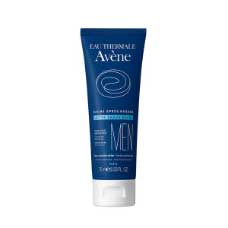
 Added to basket
Added to basket

 Unapplied Changes
Unapplied Changes


